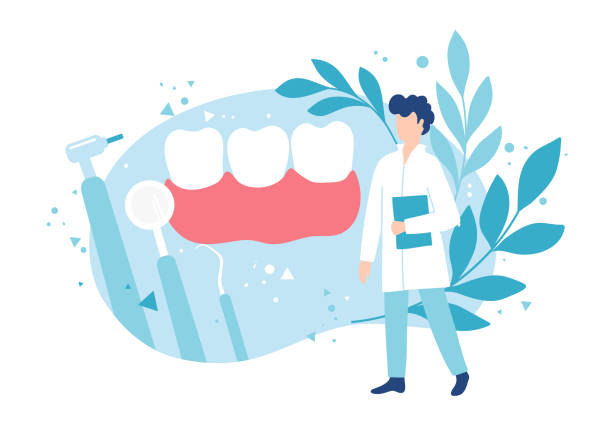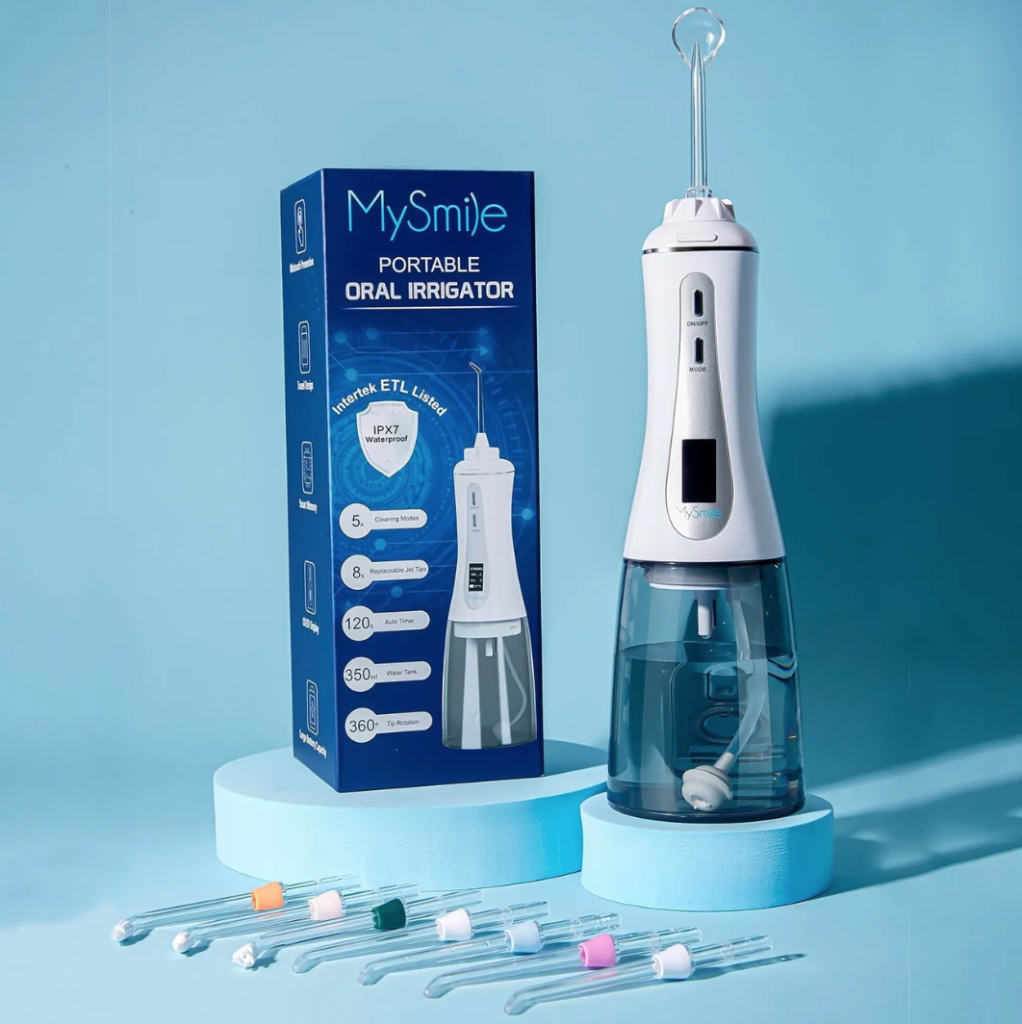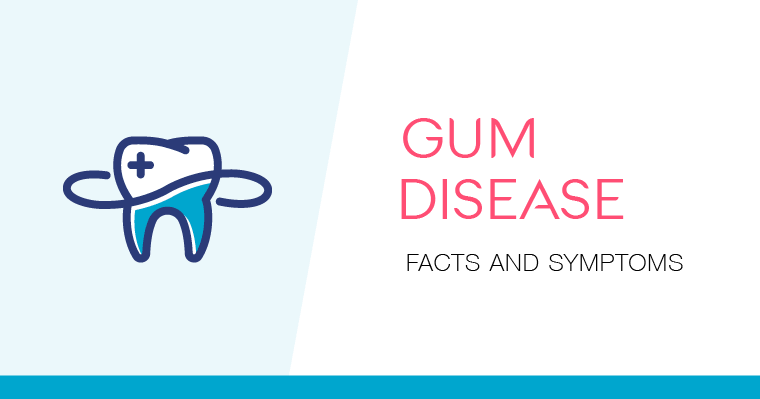Table of Contents
ToggleUnderstanding the significance of gum tissue regeneration and its impact on oral health is crucial due to the prevalence of receding gums. Receding gums, also known as gingival recession, occur when the gum tissue surrounding the teeth gradually wears away, exposing the underlying tooth roots.
This condition can give rise to various complications, including heightened tooth sensitivity, an increased risk of tooth decay, and, in severe cases, tooth loss if left untreated. Therefore, exploring the possibility of gum tissue regeneration becomes paramount in addressing these oral health challenges.
Causes of Receding Gums
Several factors contribute to the development of receding gums. Understanding these causes can help you take preventive measures and seek appropriate treatment.
- Periodontal Disease: The most common cause of receding gums is periodontal disease, a bacterial infection that damages the gum tissues and supporting structures of the teeth. If left untreated, it can result in gum recession.
- Aggressive Toothbrushing: Brushing your teeth with excessive force or using a hard-bristled toothbrush can wear down the gum tissue over time, leading to gum recession.
- Poor Oral Hygiene: Inadequate oral hygiene practices, such as irregular brushing and flossing, can contribute to the accumulation of plaque and tartar, which can irritate the gums and cause them to recede.
- Genetic Predisposition: Some individuals may be more prone to receding gums due to genetic factors that affect the thickness and strength of their gum tissue.
- Hormonal Changes: Hormonal fluctuations, particularly in women during pregnancy and menopause, can make the gums more sensitive and susceptible to recession.
- Tobacco Use: Smoking or chewing tobacco not only stains the teeth but also hampers the blood flow to the gums, making them more vulnerable to recession.
- Misaligned Teeth or Bite: When teeth are not properly aligned or the bite is uneven, excessive force can be exerted on specific areas, leading to gum recession over time.
Can Receding Gums Grow Back?
While it is not possible for gum tissue that has receded to grow back completely on its own, early intervention and appropriate treatment can help prevent further recession and restore gum health to a certain extent. Let’s explore some of the available treatment options:
- Scaling and Root Planing: This deep cleaning procedure is performed by a dental professional to remove plaque and tartar from the tooth surfaces and root surfaces. It helps eliminate bacteria and toxins that contribute to gum disease and can promote gum tissue healing.
- Gum Grafting: In cases where the gum recession is significant, a gum grafting procedure may be recommended. This involves taking tissue from another area, such as the palate, and grafting it onto the affected gum area. The grafted tissue helps cover the exposed tooth roots and stimulates the growth of new gum tissue.
- Pinhole Surgical Technique: This minimally invasive procedure involves making small incisions in the gum tissue and using special instruments to reposition the gum over the exposed tooth roots. It eliminates the need for grafting and offers faster recovery compared to traditional gum grafting techniques.
- Orthodontic Treatment: In cases where misaligned teeth or an uneven bite contribute to gum recession, orthodontic treatment, such as braces or clear aligners, may be recommended to properly align the teeth and distribute forces evenly.
Prevention and Maintenance
Preventing receding gums and maintaining optimal oral health are essential for long-term gum health. Here are some preventive measures and maintenance practices that can help you keep your gums healthy and reduce the risk of gum recession:
- Proper Oral Hygiene: Brush your teeth at least twice a day using a soft-bristled toothbrush and fluoride toothpaste. Be gentle yet thorough, ensuring you clean along the gumline to remove plaque and bacteria. Don’t forget to floss daily to remove plaque from between your teeth and along the gumline.
- Regular Dental Check-ups: Visit your dentist for regular check-ups and professional cleanings. Dental professionals can detect early signs of gum disease and provide appropriate treatments to prevent further progression.
- Use a Mouthwash: Rinse your mouth with an antimicrobial mouthwash to help reduce plaque and control bacteria. Choose a mouthwash that is alcohol-free and specifically formulated for gum health.
- Quit Tobacco Use: If you smoke or use other tobacco products, quitting is crucial for improving your gum health and overall well-being. Seek support from healthcare professionals or support groups to help you quit successfully.
- Maintain a Balanced Diet: Eat a nutritious diet rich in fruits, vegetables, whole grains, and lean proteins. Limit your intake of sugary and acidic foods and beverages, as they can contribute to gum disease and tooth decay.
- Manage Stress: High levels of stress can weaken your immune system and increase the risk of gum disease. Practice stress management techniques such as exercise, meditation, and deep breathing exercises to maintain overall health.
- Protect Your Teeth: If you grind or clench your teeth, known as bruxism, it can put excessive pressure on your gums and contribute to gum recession. Talk to your dentist about a custom-fitted mouthguard to protect your teeth and gums.










